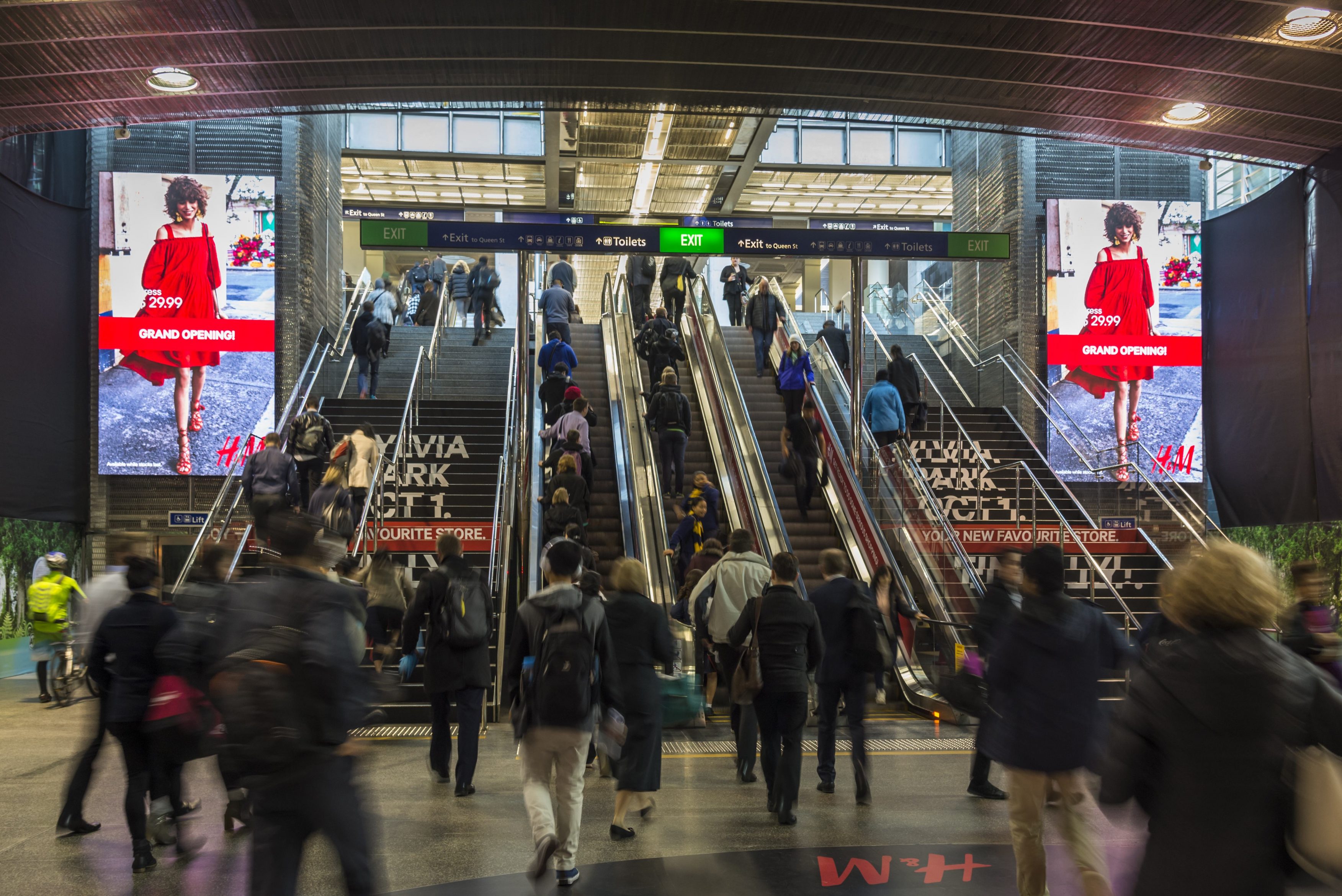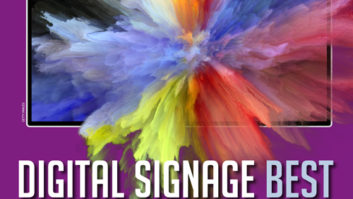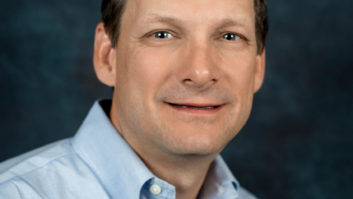
Having previously detailed the four primary digital signage player options, before looking at the market shift that has seen player flexibility increase to support a broader range of AV content. Here Ian McMurray looks at what type of player will prevail in the future as the market matures.
“I think the market will evolve in two specific ways – highly customised solutions that require robust, well-thought out media players on the one hand, and IoT-leaning, quick, cheap, easy platforms on the other,” says Brice McPheeters, business development manager at NanoLumens. “We see it every day. There are users who want to utilise the bare functionality of the system – and users who have a heavy digital presence who need custom solutions to push the boundaries and drive innovation in customer interaction, analytics and so on.”
Considering that digital signage seems to have been around forever, it’s intriguing that Francesco Ziliani, CEO of SpinetiX, sees the market as one that is still in its early stages of development – and this, he claims, makes it impossible to know what type of digital signage player might prevail in the future.
“PC-based solutions are today by far the main choice, and they will always play a role in software-focused solutions such as wayfinding or in projects driven by IT,” he believes. “But as the industry matures, customer requirements will be better defined, and standards will emerge and be adopted. That’s something we very much believe in, which is why our players have always been designed around open standards and open APIs.
“Beyond that,” he continues, “new levels of complexity will tend to favour professional, specialised appliances, while display-integrated players will continue to focus on delivering an optimised response to the mass market – but will not be able to diversify and offer the flexibility needed by many customers.”
Disparate requirements
Thomas Walter, section manager, strategic product marketing at NEC Display Solutions Europe, also has thoughts on what the future will bring. “As growth quickens in the digital signage market, we’ll see increasing demand for digital signage solutions that address different requirements,” he says. “Some applications focus on sharing information, some offer a bidirectional communication through touchscreens or sensor integration – the demand varies widely. The technologies needed to serve those disparate requirements will vary accordingly – whether that’s Intel or ARM processors; or Raspberry Pi computing; or operating systems such as Windows, Android, or Linux; or network connectivity. That will inevitably lead to a modular concept that doesn’t force the usage of one particular system on the customer.”
The world will probably never see another Lisp machine. However, what’s going on in the digital signage industry very closely maps what we’ve seen in the world of graphics processors. What was once the domain of purpose-built technology is now achievable with more commoditised technologies, and that continuum will – well, continue. But, just as the Nvidias of the world have continually raised the bar – in performance, in size and in power consumption – so too, lower-end players will occupy ground that was once the preserve of specialist platforms, while those specialist platforms continue to stay ahead of the curve, serving the needs of increasingly demanding customers.
OPS
Intel’s OPS – Open Pluggable Specification – is designed to enable easier development, installation, use and maintenance of digital signage systems. It is aimed at digital signage manufacturers to enable them to deploy interchangeable systems faster and in higher volumes, while lowering costs for development and implementation. Intel’s stated aim is that OPS modules will ‘future-proof’ deployments.
The specification defines the electrical, mechanical and thermal aspects of a plug-in media player module for flat panel displays, and is built on technologies including DisplayPort, HDMI, USB and UART. It also defines the physical dimensions of the module: the dimensions of the ‘box’ must not exceed 200mm x 118mm x 30mm (7.9in x 4.6in x 1.2in).
Case study: Wallin goes social for cancer research
The PittaRosso Pink Parade is an event organised by the Italian shoe and accessory brand to raise funds for the Umberto Veronesi foundation’s research into breast cancer. Looking to engage participants during a marathon event, the company chose Wallin ONE for its social remarketing capability.
Every guest, posting or writing on Pittarosso’s Twitter, Facebook or Instagram account, saw their photo or post on an LED videowall installed in the park where the marathon took place. Guests also received an automatic re-tweet of, or comment on, their post by Pittarosso, thanking them and inviting them to pick up some gadgets at a nearby event stand.
www.nanolumens.com
www.nec-display-solutions.com
www.spinetix.com
www.wallin.tv







